Growing Pet Ownership Trends
The increasing trend of pet ownership, particularly cats, is a significant driver for the Bartonella Henselae Infection Cat Scratch Treatment Market. As more households adopt cats, the potential for exposure to Bartonella Henselae rises, leading to a higher incidence of Cat Scratch Disease. This trend is particularly pronounced in urban areas where pet ownership is on the rise. Consequently, veterinary practices are becoming more vigilant in diagnosing and treating this infection, which in turn influences the demand for effective treatment options. The correlation between rising pet ownership and the prevalence of Bartonella infections suggests a sustained growth trajectory for the treatment market.
Development of Targeted Therapies
The Bartonella Henselae Infection Cat Scratch Treatment Market is witnessing a shift towards the development of targeted therapies. Pharmaceutical companies are increasingly focusing on creating specific treatments that address the unique pathophysiology of Bartonella infections. Recent advancements in pharmacology have led to the formulation of new antibiotics and adjunct therapies that show promise in treating this infection. The introduction of these targeted therapies is expected to enhance treatment efficacy and patient outcomes, thereby driving market growth. Furthermore, as these therapies gain regulatory approval, they are likely to become integral components of treatment protocols, further solidifying their role in the Bartonella Henselae Infection Cat Scratch Treatment Market.
Enhanced Public Health Initiatives
Public health initiatives aimed at educating communities about zoonotic diseases are playing a crucial role in the Bartonella Henselae Infection Cat Scratch Treatment Market. Governments and health organizations are increasingly investing in awareness campaigns that inform the public about the risks associated with cat scratches and the importance of seeking medical attention. These initiatives are likely to lead to earlier diagnosis and treatment of Bartonella infections, thereby increasing the demand for related therapies. As public health efforts continue to evolve, they may significantly impact the treatment landscape, fostering a more informed population that actively seeks out solutions for Cat Scratch Disease.
Technological Advancements in Diagnostics
Technological advancements in diagnostic methods are significantly influencing the Bartonella Henselae Infection Cat Scratch Treatment Market. The development of rapid and accurate diagnostic tests allows for quicker identification of Bartonella infections, which is essential for timely treatment. Innovations such as polymerase chain reaction (PCR) testing and serological assays have improved the ability to detect the presence of Bartonella Henselae in patients. As diagnostic capabilities expand, healthcare providers are more likely to recognize and treat Cat Scratch Disease effectively. This increased diagnostic accuracy is expected to drive market growth, as it leads to higher treatment rates and better patient outcomes.
Increasing Incidence of Cat Scratch Disease
The rising incidence of Cat Scratch Disease, caused by Bartonella Henselae, is a primary driver for the Bartonella Henselae Infection Cat Scratch Treatment Market. Reports indicate that the prevalence of this infection is increasing, particularly among children and immunocompromised individuals. This trend is likely to escalate demand for effective treatment options. As awareness grows regarding the symptoms and potential complications associated with the disease, healthcare providers are more inclined to diagnose and treat affected patients. Consequently, this heightened awareness and incidence rate may lead to a surge in the market for Bartonella Henselae Infection Cat Scratch treatments, as patients seek timely medical intervention.


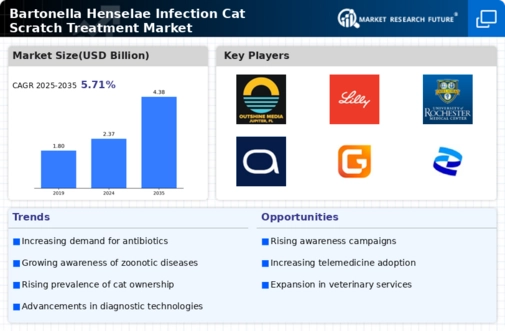
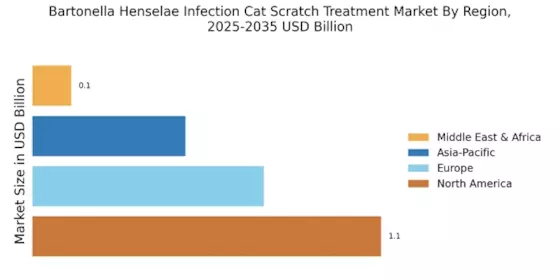



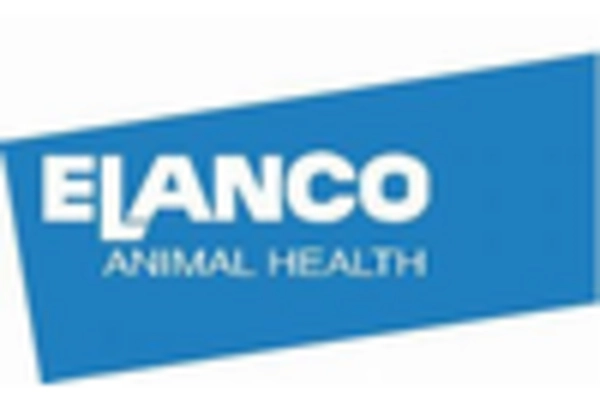
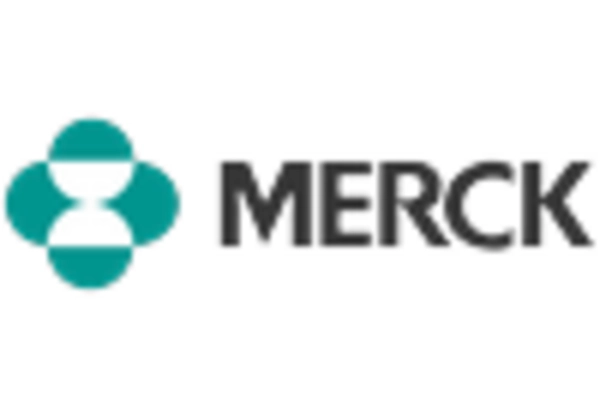
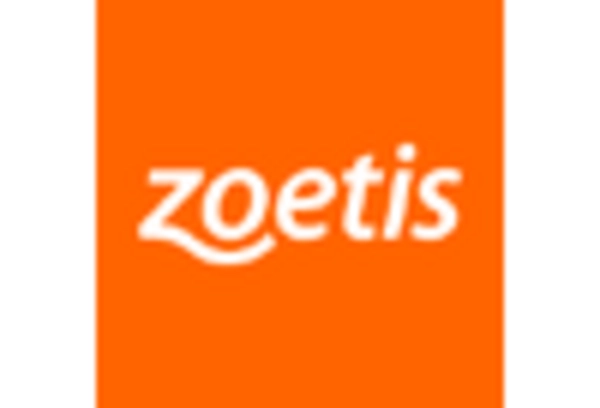








Leave a Comment